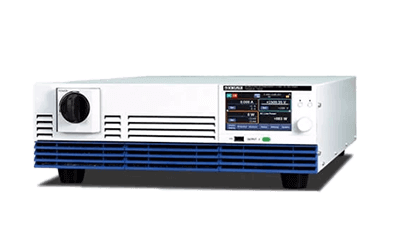What Is a Position Detection System?
A position detection system is a system that detects the location of people and objects in detail and in real time.
GNSS such as GPS is used outdoors. For indoor use, there are various methods such as Beacon, camera, ultrasonic, infrared, radio wave, RFID, Wi-Fi, and UWB which must be selected according to the application. Each method has its own characteristics, and some systems combine multiple methods to improve accuracy.
In recent years, location detection systems have been used to provide new services by detecting the position of people and objects.
Uses of Position Detection Systems
Indoor location detection uses a beacon to detect the whereabouts of workers in a factory, to manage the flow of workers, to check the location of medical equipment, and to check the location of administrative equipment.
When cameras are used, image analysis can detect not only the location of people but also their actions. Outdoor location detection uses GPS to detect the location of vehicles for navigation, automatic driving, and luggage tracking.
Principles of Position Detection Systems
The main principles of position detection systems are as follows:
1. GPS
GPS receives signals emitted from a satellite system and converts them into latitude and longitude to obtain a highly accurate position.
2. Ultrasonic Method
Ultrasonic sensors emit ultrasonic waves from a transmitter, receives the ultrasonic waves bounced back from the object to be detected, and detect the position based on the time of the bounced back.
3. Wi-Fi
A radio wave passes through multiple pathways, bouncing off buildings, etc., before it reaches the receiver. This phenomenon is called multipath. The location of a person or object is detected by changes in the multipath.
4. Beacon
This system uses bluetooth low energy (BLE) signal strength to detect location. When multiple beacons are installed inside a building, location can be detected using 3-point positioning.
5. BLE Radio Wave Angle Method
A receiver is installed on the ceiling, and a proprietary algorithm is used to determine location based on the angle of incidence of radio waves from a dedicated tag or smartphone.
6. UWB
Indoor positioning is performed using an 8-GHz bandwidth radio using the time difference in arrival and angle of incidence of UWB signals emitted from at least two of the sensors installed at intervals of about 30 meters.
Features of the Position Detection System
Advantages
The introduction of a position detection system can be expected to provide not only flow line management but also other related benefits.
For example, by detecting a person’s location, it is possible to determine if someone is entering a designated area. This can lead to enhanced security and safety by detecting intrusion into rooms with sensitive information or into hazardous areas that could lead to accidents or injuries. If the position detection system is linked to a machine, the machine can immediately shut down if it detects a person entering a dangerous designated area.
In addition, if the location of employees is known by location detection, it can be useful in guiding them to evacuation centers in the event of a disaster. Even in the presence of numerous employees, it is possible to check the evacuation status of each individual, leading to prompt evacuation instructions.
Disadvantages
The disadvantage is that many employees may feel uncomfortable, as if they are being monitored at all times during their work. In order to gain the understanding of employees, it is important to explain the purpose of location detection and the scope of its use clearly to them, and avoid giving them detailed instructions about their breaks and daily activities based on the location information obtained.
Other Information About Position Detection Systems
1. Use of Position Detection Systems for Process Control in the Manufacturing Industry
When using location information to promote automation in factories, one can imagine people, such as workers and operators, or vehicles, such as forklifts and AGVs, moving around the factory.
However, in order to improve production efficiency, it is essential to properly manage the parts and products to be produced. In other words, it is necessary to accurately track the flow of things, and especially in the production process of products with many different types or custom products, the arrival status of parts and materials and their process management are key.
Especially in assembly processes and multi-product manufacturing lines, where manual operations are often required, IoT using location information can reduce the number of barcode scans to improve work efficiency and reduce human errors, such as selecting the wrong parts.
Without accurate real-time tracking of materials and vehicles, transparency regarding location, remaining transit time, and precise transit routes is lost, leading to production line downtime, reduced worker productivity, increased transit times, and inefficient use of vehicles such as forklifts and AGVs.
However, by utilizing location information, the desired component can be located in real time. By managing meta-information through a position detection system, it is possible to understand the historical information of the component simultaneously. In addition, information that used to be recorded on paper, handwritten, or scanned by barcode when crossing processes can now be managed automatically based on location information.

